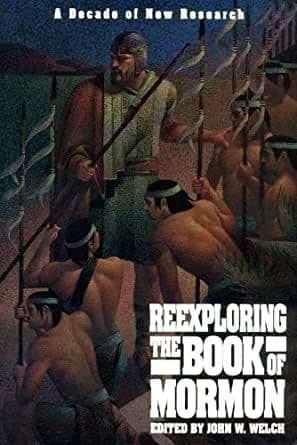Book
85 Chapters

Jacob 4:8 “despise not”
An interesting figure of speech used in the Book of Mormon is called antenantiosis. It is the practice of stating a proposition in terms of its opposite. The result is to express the positive in a very high degree, or as the biblical scholar E. W. Bullinger puts it, “We thus emphasize that which we seem to lessen.”1
For instance, when Jacob counsels to “despise not the revelations of God” (Jacob 4:8), he is not merely saying that one should not despise the revelations; he is actually urging the righteous to hold the revelations of God in the highest esteem. The unexpected negative increases the force of the idea that it apparently understates. It seems to make us notice and dwell on the expression, so that we can learn more from it.
Thus in the promise, “if ye do this, and endure to the end, ye will in nowise be cast out” (Mormon 9:29), Moroni is actually promising that the faithful who endure will be blessed beyond measure. When Mosiah says, “It is not expedient that such abominations should come upon you” (Mosiah 29:24), he is not merely saying that the people should not commit or allow such abominations, he is forcefully admonishing the people to prevent them. When Amulek warns that “he [the devil] rewardeth you no good thing” (Alma 34:39), he does not mean just the lack of a good reward, but the surety of tremendously evil results—torment, captivity, and damnation.
Other Book of Mormon uses of antenantiosis appear in Mosiah 2:9; 19:17; Alma 12:14; 30:21; 34:39; 46:30; 50:27; and 3 Nephi 5:1; 6:18; 7:18. It is an interesting figure of speech, drawn to our attention by biblical scholarship, that helps illuminate the forceful effectiveness of many of the prophetic messages of the Book of Mormon.
This Update was published in the F.A.R.M.S. newsletter, Insights, no. 4 (1991), and is based on research submitted by Gail Call.
1. See Figures of Speech Used in the Bible (Baker Book House: Grand Rapids, 1989), 159-64.
Book
85 Chapters
Items in the BMC Archive are made publicly available for non-commercial, private use. Inclusion within the BMC Archive does not imply endorsement. Items do not represent the official views of The Church of Jesus Christ of Latter-day Saints or of Book of Mormon Central.